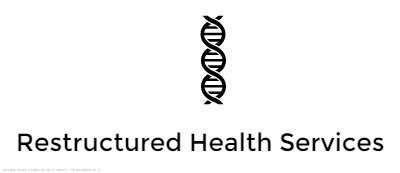Acupuncture
Here at RHS we use a Japanese Style of Acupunture based on a Nagano and Shudo Denmai lineage. This method of acupuncture looks to balance the body working on the constitutional root of the patient. By strengthening a constitutional deficiency this will have a much greater impact on whatever the issue you are coming in for.
DIFFERENCES IN A JAPANESE STYLE ACUPUNCTURE?
Hara(abdominal) Diagnosis - along with the type diagnostics performed in other styles of acupuncture. We will have a strong emphasis on the palpation of the abdomen to paint a picture of the general status of the body.
Palpation- along with the hara the body will also be palpated for temp, color, texture. There will also be palpation to check if points that will be used have an effect before a needle is inserted
Root Treatment- In general a typical treatment will begin with a root treatment as a the first phase that aims on strengthening the acute status of the body. The idea being once this is strengthened the body will be better able to handle it’s own function of healing better.
Branch Treatment- Once the first phase of treatment has finished the remaining part of the treatment will be used to actively treat the particular chief complaint for the session this can include needles at the site of the complaint as well as points on the back or those related with the particular disease.
Needle size- One of the bigger differences is the use of smaller needles. This style has a great emphasis on effecting a particular response from the body and as thus typically does not involve particularly deep needling with large needles. This use of smaller needles can be especially good for those who are very needle sensitive.
Needle retention - For most people have taken part in acupuncture treatments there is generally a period of time in which the person is told to rest with the needles. In this style once the proper point has been found and needled it has performed it’s purpose and will generally not be left in longer then a few minutes. This treatment style is very interactive thus there may be a lot of instances in which the patient tests and retest movements or actions with their body once the needles have been used.
Non-insertive techniques - Another aspect of the Japanese style of acupunture is the use of a blunt non insertive needle. A Teishin can be use in place of an insertive needle when the cases arise. This will usually be the case in patients who are highly needle sensitive or with children.
Moxabustion(moxa)
Along with needles the used of mugwart a Chinese herb is used to create additional stimulus to the points that are being used. This is done using a process
where the herb is place in direct contact with the body where a barrier cream has been applied and then heated using an incense stick.
In comparison to regular moxa seen in more Chinese styles. The mugwart used for okyu moxa is a much higher quality and will burn more efficiently and at a lower tempreture. This aids in its ability to be used in a more direct method as opposed to other styles of moxa where a moxa stick is used to wave around parts of the body.
Moxa can be used as part of the treatment or in some cases can be the main and only form of treatment on the the acupuncture points.
Focused Therapeutic Massage/Bodywork
With Musculoskeletal issues there seems to be much more change and effect with the use of bodywork/therapeutic massage techniques. If a client is coming in with a particular issue of pain or range of motion. The generalized acupuncture treatment will be followed by focused treatment to area of concern with manual therapy/therapeutic massage. This seems have a bigger effect and is much more time efficient to using direct needle manipulation to soft tissue and joints.
